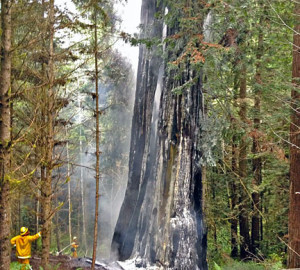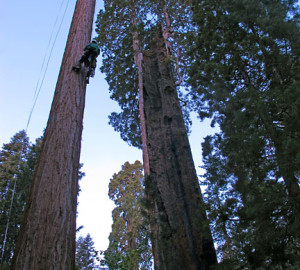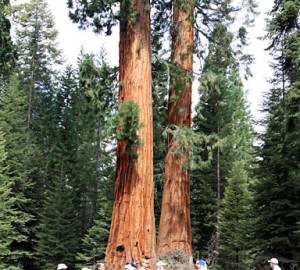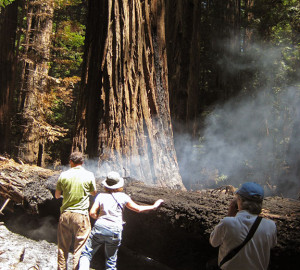Old-Growth Redwood Burns in Arcata
on“Transient Camp Causes Fire in Old-Growth Redwood Tree,” reads the headline posted by the City of Arcata. The fire did not damage just any old redwood. It burned (and is apparently still burning) in ‘Treebeard,’ a redwood estimated to be …



